Subscribe to Podcast
Audio
HAIKAST XVI – Yahoo Hike
I have been hiking the Sheltowee Trace Trail in Kentucky over the past 8 years. The 300 mile trail from Morehead, KY to Rugby, TN goes through the heart of beautiful rolling woods- hugging Cave Run Lake, meandering through the epoch Red River Gorge, and then tightly winding around the perimeter of Laurel Lake. After hiking across the dam at Laurel Lake, the Sheltowee follows the Laurel River 2 miles where the trickle of a tributary empties into the majestic Cumberland River. From there, the trail heads south to Cumberland Falls, the premiere tourist destination of southeastern Kentucky. The trail goes west to the South Fork of the Cumberland River and then south until it reaches its final destination in northeastern Tennessee.
Three hundred miles is a long way and so I hike it in increments. I have led 8 unique trips with 17 friends and family members since starting the hike in November 2016. I am most proud of going with my son, Isaac, on three of those journeys. He has joined me for 57 of the 191 miles that I have completed thus far.
It was in the Big South Fork National River and Recreation Area of the trail where I found myself in May 2024 with my friends Slater, Jason, and Clyde. We were prepared for the most ambitious hike that I have ever planned – 43 miles over 4 days. As we neared our drop off point, we saw a black bear scrambling into the forest as our van rambled along the gravel road that terminated at our trailhead, Peter’s Mountain. None of us had seen a bear before in the wild. It was relatively small, but I am sure bigger than my 200 lbs frame. We were thankful that it was about five miles from our starting point AND we would be walking in the opposite direction. Clyde dropped us off and we confirmed our plan to meet up at Yamacraw Bridge – 42 hours and 29 miles later.
Three miles into the Sheltowee, we encountered another black bear, about the same size as the first, that ran uphill and behind a large boulder as we unsheathed a hatchet and prepared for the worst. We neither saw nor heard any more of the bear after we passed the bend where it emerged. Quickly, we descended to Desperation Creek and on towards the Cumberland River.
The wildness represented in an animal like a bear is distinctly different from the wildness of a unique ecosystem, far from civilization. A beautiful, remote landscape elicits the joy of being the audience of a rare spectacle, while an animal strikes the fear of being part of the spectacle, where actions have real consequences in a unique and unpredictable situation. Wilderness is the setting where our historic relationship to nature can be experienced. In a controlled environment, a zoo for example, the wildness of a bear is obscured by the domestic surroundings. With the trappings of safety, it is impossible to truly feel the nature of the animal. Hiking brings you into the liminal space of wildness and unforeseen scenarios.
We all stepped to that threshold before the bear – and the feeling it elicited – passed and was not seen again.
At sunset, we found a beautiful beach camp location along the Cumberland. We woke to rain. And it rained, with a few hours of reprieve, for the next 24 hours. We were prepared for the weather, but it was nonetheless painstaking. When attempting to hike 18 miles in a day, there are many decisions to be made around conserving energy, pushing through pain, finding ideal rest sites, and understanding the needs of fellow travelers. Even very practical decisions like following a map are not always straightforward.
The rain abated early on day three, but within 2 miles, we had to cross a creek carrying the previous day’s rain – waist deep. Despite the challenge, we made it to our rendezvous point at Yamacraw Bridge on time with Slater departing and Clyde joining us for the remaining 14 miles of the trip. We had hopes of potentially, with good weather, finishing the trail a day early and heading back home to appreciate the luxury of dry clothes.
Good fortune eluded us as we hiked into the Yamacraw Trail Race, a 40 mile out-and-back trail run competition. On a muddy trail. What you might call a quagmire. In hopes that we would not be following the racers, I made a wrong turn that led us almost a mile off trail. When we returned to the Sheltowee, the three of us, each with heavy packs on, were intermittently being yelled at “Runner behind” or – spotting a runner in front – we would shuffle into the mud at the edge of the trail. I had never experienced anything like this traffic. The trail conditions, physical tiredness, and general chaos of sharing the trail confounded us.
Mud slicks and loose rocks
Rambunctious runners on trail
We’re slow and steady
We lost sight of the river and walked into the hills, again mistakenly off trail, but luckily hiking more or less parallel to the Sheltowee and without the disturbance of runners. However, as we veered back towards the main trail 4 miles later, we discovered on the map a spaghetti section of overlapping trails in the area of Yahoo Arch and Yahoo Falls. We were close to the largest campground in the area and there were many trails between us and the Cumberland River. We merged into this poorly marked trail system at Yahoo Arch.
This part of Kentucky is known for its monumental rock formations. The epicenter, about two hours northeast of us, is named “Natural Bridge State Park” for the extraordinary sandstone arches emerging from the forest. Only the iconic Arches National Park in Utah contain a higher density of these geological marvels.
Yahoo Arch, in my estimation, is the most impressive arch that I have seen in Kentucky. There are multiple levels, caves, and a spiral path that conjured the impression that we were in a sort of M.C. Escher.prehistoric rock sanctuary – impossible to capture on camera or video. It was our first pause for true enjoyment since falling asleep along the river two nights before. A kind of stare up towards the heavens and slowly rotate in place kind of pause. Being here was not part of the plan, but the gravitas of this place would ultimately help us find our way out.
Reluctantly, we continued- not 100% sure how to link back to the Sheltowee. We saw our first non-runner on the trail in over 24 hours. A guy from Charlestown, IN with a curious Caribbean accent. Being tired, I took a bit of a break to talk to him while Jason and Clyde walked on. The conversation sparked when he mentioned that he was dabbling in semi-professional photography. Before going our separate ways, I formally introduced myself and he gave me his name- Mike.
When I caught up to Clyde and Jason, it began raining again. The best we knew to do was to walk north and hopefully the spaghetti would straighten out. We headed down towards the creek that would eventually lead to the Cumberland. Crossing the water, Jason fell. Clyde unbuckled the pack from his waist and Jason staggered to the creek edge. He laid there. We were lost. Darkness was approaching. We were still 6 miles from our final destination.
While not spoken, I felt our motivation to complete 43 miles was broken.
We crossed another creek and then I scouted for a trail by climbing a steep hill to what was hopefully the Sheltowee. This was not the way.
Wet toes, muddy boots
Gingerly placing trek poles
Feet throb, descending
We hiked back to where Jason fell and then south in the direction of the campground. We heard noise nearby and hoped we were close. Once we turned a corner on the spaghetti trail, we realized that we were at Yahoo Falls.
The waterfall was majestic. While not wide like Cumberland Falls, it more than makes up for it in height. And the previous day’s rain flowed from above. The noise we heard were boys playing at the base of the falls. Unfortunately, this also meant that we were still not imminently close to the campground.
The rock shelter behind Yahoo Falls contained a wide arcing trail. Far on the other side, I saw a man taking photographs. It looked like it might be Mike.
I yelled, “Mike, is that you?”
“Yes,” he responded.
“Good to see you again. May we talk?”
“Of course,” he affirmed.
I quickly walked over, wincing at the pain in my feet. Jason was stationary and Clyde assessed other pathways.
I laughed with Mike for a moment, not sure how he had photographed Yahoo Arch and returned to this spot, ahead of us. Gazing upward, he told me it was the highest waterfall in Kentucky. He had planned to go straight back to his car, but felt inclined to photograph these falls one last time.
I told Mike what had transpired over the last hour. In a moment of full transparency, I acknowledged the awkwardness of what I was about to say and then did my best to tactfully state that, ideally, we would like to get back to our car- ASAP. I asked if he would be willing to drive the three of us and our backpacks the 15 minute drive from Yahoo Falls campground back to the church where our van was parked. Without hesitation, he said yes. I yelled across those beautiful falls for Clyde and Jason.
We followed Mike to his car, giving him time to take more photos as he guided us on the trail. Clyde asked him how to view his photography and he told us to check out Mike Heaven on Facebook. We had to clarify that his last name is Heaven. Indeed it is, he assured us. Jason may have made a remark about him being an angel.
On the fifteen minute car ride, we learned more about Mike. He is from Brooklyn and the youngest of 9 brothers. He moved to Louisville to go to college. After graduating, he became an accountant and began doing travel photography. With humility, Mike mentioned how surprised he was to gain an online following of 25,000 people in less than a year.
When we returned to our van at Flat Rock Missionary Baptist Church, Mike reluctantly took the money that I offered him for his nearly miraculous assistance. Before getting back into his car, he walked over to a long, intact snake skeleton in the church parking lot to take one final photo before being on his way.
Across the wide arc
I call to photographer
Yahoo Falls angel
HAIKAST XV – Moon Phases
I wonder if our cultural understanding of heaven is associated with an ascension from the earth because humans for millennia were excited to join the nightly parade of sublime light?
With the glow of city lights, the night sky does not speak as it did to our ancestors whose lives were accustomed to the astronomical events that defined so much of their seasons, calendars, and religious life. As an electrified civilization, we are so far removed from the moon and stars being a reliable navigation system and source of nightly beauty, that what are sometimes called “heavenly bodies” are, in some ways, forgettable. We don’t really pay attention to them, partly because we don’t need to, and, as is often the case, because we just can’t see them anymore.
The moon is an exception, practically, because it is just so large. It demands attention. Especially when its preparing to eclipse the sun.
In summer of 2023. I was working with a team of volunteers at the Touch The Earth nature preserve just outside the city. The conversation turned to the expectation of uncontrollable crowds of people flocking to Columbus for an eclipse. I thought they were joking. Six years earlier, a partial eclipse was destined for Columbus and I didn’t even think to put it on my calendar. In this case – with a full eclipse coming our way – I was told this would be different. A big deal.
Websites began popping up. Greatamericaneclipse.com clearly delineated the “zone of totality.” The black line spanning a few miles wide and arcing across the United States from southern Texas to Maine would pass directly through Columbus, IN. My work colleague near Carbondale, in southern Illinois, who is an avid photographer, touted the town’s merchandizing slogan, “Eclipse Crossroads of America” for having the unique distinction for being in the zone of totality for both the 2017 and 2024 celestial events. Everywhere I read, for communities in this special zone, tourism directors claimed tens of thousands of people may be coming to their city.
So what is the zone of totality? It means approximately 4 minutes of the moon totally covering the sun, casting a shadow over the land. In the case of Columbus, the eclipse would reach its peak just after 3 PM.
Five months before the big day, Monday, April 8, my friend announced he was organizing a Renaissance Festival at the Columbus Airport. He was planning for thousands.
April 2024 was all about the moon.
When the day finally arrived, I worked until noon, put on my Welsh dragon t-shirt, and jumped on my bike. My good friend joined me on our voyage to the Airport property. It was a beautiful day. Fears of a cloudy day that had circulated for the past week were dispelled. There were thousands of people. We bumped into many friends, none of us knowing quite what to expect. What we did know was that there were jousting competitions, falconers, knights beating each other relentlessly with swords and maces, troubadours doing improv comedy, and much more. The human spectacle was preparing for an astronomical spectacle. The minutes ticked by. I found my godsons and their family and we ventured to the one hill on the property. My friend set up a camera to virtually share the event with his family in Germany.
Wind whipped flags, then stopped
I stand on my moon shadow
360 sunset
Later in the afternoon, my friend and I hopped on our bikes, joyously journeying across town to another friend’s house to recount the wonders of the day. I was elated. It was better than I had expected- sharing a surreal experience with a silent multitude.
While we saw the moon during the day, it was a new moon that evening – invisible.
The following night, Tuesday, April 9, at the first sign of the waxing crescent moon, Ramadan ended. A Muslim colleague explained to me that one of the 5 main pillars of faith of Islam is fasting, most notably during Ramadan, when Muslims across the world commit to abstaining from food and drink during daylight hours for one month. The month is considered the time when the angel Gabriel appeared to Prophet Muhammad and revealed to him the Quran, the Islamic holy book. Because the Islamic calendar is based on the phases of the moon, the fasting ends after the moon is once again visible in the night sky – signifying the beginning of a new month – a time of celebration. The moon ushers in Eid al-Fitr, a holiday nicknamed Sweet Eid, for its association with the many desserts customarily created to end the time of fasting.
Later in April, I attended the interfaith Bridge Builders Conference in Columbus. As a grant writer for Faith in Place, a multifaith environmental and racial justice nonprofit organization, I work towards ecological restoration as an outcome of harmonious relationships between people of different faiths and spiritualities. I seek wisdom from those that find solace in spiritual traditions different from my own. We watched an extraordinary documentary called “Strangers at the Gate” about how the radical hospitality of the Islamic Center of Muncie turned a would-be bomber of the building into a devout member of the congregation. During the second day of the conference, I learned that the moon is considered a Navagraha, one of the nine heavenly bodies and deities that influence human life on Earth according to Hindu astrology.
Converted Muslim
Speaking above Hindu chants
Two floors, one building
Following the conference, I was invited to celebrate the Passover by a friend from the local Jewish congregation. On Monday, April 22, I participated in my first Seder, the dinner that celebrates the Passover – the exodus of the Hebrew people from Egypt. I was curious why the Jewish Seder and the Last Supper of Jesus were celebrated on different days – even though both religious events are associated with the Old Testament Exodus story. They never occur on the same day. Why? Because of different relationships to the lunar calendar.
I was honored to join in the Jewish rituals expressed in the Haggadah with all the food and drink corresponding to elements of the Exodus story. The Seder’s resonance echoes with themes of liberation, perseverance, and social justice as a response to their historical experience of slavery. The Seder meal is an invitation to a solemn solidarity with those who suffer from inhumane conditions.
As I left the Seder, I contemplated the ancient roots of these themes and their significance in our contemporary society. The sun was setting behind me. The month was almost over. I looked toward the heavens – a familiar reflection illuminated a deepening blue horizon – the beginning of a bright night sky that has led many to freedom.
Holding matzah bread
I am welcomed by full moon
Free to return home
Episode 67 – Hope for Troubled Minds Contributors
On this episode of Revealing Voices, we feature contributors to Hope for Troubled Minds.
Born in Kentucky, Janet Coburn now lives in Ohio with her husband of over 40 years, Dan Reily. She also lives with bipolar 2 disorder. Janet loves reading and country music. Dan loves gardening and archaeology. Together they love travel, science fiction, and cats (they have two at the moment, Toby and Dushenka). A graduate of Cornell University and the University of Dayton, Janet writes two blogs, bipolarme.blog and butidigress.blog, which she posts in every Sunday. She often contributes articles on mental health to The Mighty website. Janet has also written two books on bipolar disorder, Bipolar Me and Bipolar Us, which are based on her decades of experience with the disorder, and frequently answers questions about mental health on Quora.
Jay Tapscott is a poet, author, and also a Peer Specialist dealing with schizoaffective disorder and working in an inpatient psychiatric unit where he was once a patient in Philadelphia. There, he models wellness as he visibly coexists with his psychiatric condition in that setting seeking to offer hope and encouragement by doing so.
Kevin “Earleybird” Earley is a mental health advocate and hip hop producer. His father Pete Earley is a Pulitzer Prize nominated investigative journalist. Kevin is also co-producer and sound editor of Revealing Voices.
Episode 66 – Vachel Hudson, Mental Health Matters
HAIKAST XIV – Origin Story
I recently went on a search for my earliest recorded haiku from what I shall call the “Opening Era”. That era began with the death of my last grandparent, Amos Harlan Rippy. After his funeral on the hillside cemetery in Tell City, Indiana in 2013, I felt a commitment with an origin outside of myself to dive into my feelings and express them poetically.
Rippy and Rip were the common nicknames for my grandfather, who was called “Pop” by my siblings and me. The last name of Rippy is Irish in origin. We have records dating back to the late 1700s when the Rippy family immigrated from Ireland to Orange County, North Carolina.
Upon his death, having had 2 daughters, his surname was now locked in time as my middle name, Eric Rippy Riddle, and further honored as my son’s middle name.
While it is impossible to say the nature of the poetic calling upon my life, I do think the passing of his generation summoned in me a need to bring definition into my own emerging adulthood. Perhaps the subtle influence of the Irish ancestry beckoned an articulation of the poetic impulse. I began to call the art flowing out of me, “Openings.”
I had dabbled in poetry for years, always seeking to capture the emotions of important moments or diving into the depths of predicaments that I found myself bound. First, in the form of rhyming couplets and then in free flowing gifts to my first wife, inspired by the style of Beat generation author, Jack Kerouac.
It never really occurred to me that I was in the minority of people who choose to use language in this way. As one compelled to write on occasions of heightened awareness, desire, or emotional resonance, it seemed only natural that much of humanity would be ushered into the same necessity of poetic expression. That is not the case.
The longer form poetry that I was accustomed to writing became more difficult to conjure as I grew older. With adult responsibilities, even when I did feel the inspiration, I rarely had the time to capture the moment. I needed to lower my expectations to reignite my creative output. I chose haiku.
I began writing a daily haiku with a commitment to maintain the practice for a year. I started a Google Drive document that I could easily type on my phone. My formal haiku writing journey began on September 9, 2016.
However, in my recent research mission into writing “openings” following the death of my grandfather, I found scattered haiku that started in May 2014.
The occasion of the first haiku was a trip that I took with my then 7-year-old son and 10-year-old daughter to Red River Gorge in Kentucky. It was our first big trip together, just the 3 of us. I had started camping with friends in this part of Kentucky a few years prior and instantly found it to be one of my “happy places”.
The Red River on the day of our kayak trip was shallow. On many occasions, my kayak would bottom out. Under the much lighter weight of the kids, they even had to get out at times and drag their kayaks on the meandering stream. It wasn’t until we got to the jumping rock that we hit deep water.
That day, at that rock, became one of those moments that I knew would last forever in my memory. It holds the joy of a hot day in the growing late spring where droves of rock jumpers and observers on the beaches huddled around a deep watering hole. Jumpers waited as kayakers like the kids and me passed through. We decided to stay. My daughter found a nice spot on the beach in view of the jumping rock.
My son wanted to jump. He and I climbed to the top, feeling the communal anxiety of the 40 ft drop. Many grown adults waited as others stepped to the edge, stalled with apprehension. After watching many take the leap, my son and I made our way to the spot. We joined hands, but then he wanted me to go first. I had to wrestle my own fears to take the leap, trusting he would come after me.
And then there I was, submerged, the water deep enough to not even tickle my toes. I came to the surface and stretched out my arms. With no hesitation, Isaac jumped. My son’s youth, alive with the thrill of gravity plunging him under water for a moment. People cheered us on for his courage.
Later in the day, we camped for the first time together as a family. My daughter led the effort to build a roaring campfire on the edge of a large field, where we watched that same river winding its way past our tent. I taught the kids all the basics of camp life, profoundly grateful that I could spend this time with them, aware that I may be initiating a new tradition in our family.
That evening, as the stars basked in a clear sky, the hot embers were ready for smores. We gathered all the needed supplies and reveled in that glorious delight best reserved for moments such as this.
Haiku moments may serve as emotional images, memorable markers along life’s journey. I am thankful that my 2 original haiku capture the essence of that lovely day back in 2014. It was good to enjoy such a sweet opening and experience of fatherhood with my two beautiful children.
Water kayak you
Rock jump into waiting arms
Eight mile memory
She ate half the smore
Dark Chocolate and cracker
Marshmallow for dad
Episode 65 – Vulnerability, Tattoos and Films
Co-Director and editor Erik Ewers has worked with documentary filmmaker Ken Burns for more than 30 years, including nearly all of his single and multi-episodic films. He currently serves as co-director and editor of Ewers Brothers Productions, a preferred collaborative company in the co-creation of Ken’s films. He and his brother Chris co-directed Hiding in Plain Sight: Youth Mental Illness, exploring the mental health crisis in our nation’s youth and young adults, which aired on PBS June 27th and 28th to millions. In this podcast, Erik opens up about his mental health struggles and the role tattoos played in his recovery, with interviewer Kevin, who was a subject of Hiding in Plain Sight: Youth Mental Illness, and fellow interviewer Tony Roberts, author of Hope For Troubled Minds.
HAIKAST XIII – Life Verse
I have a “life verse.” Before adopting this so-called life verse, I always thought of people who said they had one as being a little woo-woo. I didn’t understand how to claim something from the Bible as my own. I’m sure I was a little cynical about life verses before finding mine, because I assumed that people would find something they liked without a deep personal story and just roll with it. I was dismissive of the randomness of picking a verse.
I want to apologize to anyone that I didn’t pay attention to because of that attitude.
A life verse can be consequential and anyone who claims one may have a story that is worth considering. Really, anything that is a lifelong commitment is worthy of our attention because of the great care it takes to select and cultivate.
I tend to not want to make life defining pronouncements. This is probably because they may be more of a fleeting fancy than something with the substance of a true resolution.
As I write this, it is Lent in the Christian calendar. I normally honor the season by stopping or starting a habit as a way of focusing on the coming of Easter. This year, I decided to start reading the four Biblical gospels and stop eating food after dinner. Little more spiritual nourishment and a little less dessert nourishment. I picked them as short-term commitments.
It seems logical that a long term commitment like a life verse would require even more consideration than what to do for Lent. However, what I’m about to tell you isn’t so much about me picking a verse, it’s a story of a verse picking me.
As I was going through graduate school, I also worked full time at our local hospital. To manage my stress level, I gravitated towards a hybrid role that was a mix of a floor secretary (processing medical orders from doctors and nurses), a Care Partner (having direct patient care responsibilities in partnership with the nurses), and, for difficult patients, a Sitter (literally sitting with them and carefully watching so they wouldn’t fall, pull out their IVs, or commit self-harm). I sat with lots of people who were in critical condition. While I never saw someone pass away, there were a number of patients who I spent the last days or hours with – being on high alert monitoring the patients’ vital signs and taking care of the family’s needs.
On my last day at the hospital – a day that I had no idea would actually be my last – I brought my Bible. It wasn’t ever my expectation to read to the patient, but some days when I was responsible for sitting, I needed a good long read. I would only read the Bible to the patient if they directly asked me to share with them. It happened to be on this day, the patient was curious about what I was reading. So I read to them this passage:
“Then we will no longer be infants, tossed back and forth by the waves, and blown here and there by every wind of teaching and by the cunning and craftiness of people in their deceitful scheming. Instead, speaking the truth in love, we will grow to become in every respect the mature body of him who is the head, that is, Christ. From him the whole body, joined and held together by every supporting ligament, grows and builds itself up in love, as each part does its work.”
My Bible does have lots of notes scribbled on the margins of the pages. However, it rarely lists the time and place when a verse carried indelible personal significance. I did make a note of this verse that day. March 2010. Soon after reading to the patient, I was asked to go to HR. I had been in two patient fall cases in recent weeks when I misjudged when I should give them privacy while they were using the bathroom. It was time for me to resign.
Four years later, after a long bout of depression, I found myself on the edge of another resignation. I didn’t know when it was going to happen, but it definitely felt like there was a strong possibility that I would need to step down. Many of my coworkers knew that I had been hospitalized the previous year and I had felt alienated from them for months. It was eerily similar timing to me resigning from the hospital nine months after a hospitalization for severe depression. I was hanging on to a job that I think both my contractor and I knew could not last.
I was reading a daily devotional that year. On the day that I was asked to resign, I went home for lunch and read the devotional. The same verses from Ephesians popped up again – this time beginning at verse 14, “Instead, speaking the truth in love…..”
When I went back to work, I met with my supervisor and we had the difficult conversation of me needing to resign. I was numb, feeling like I had already been grieving an inevitable end to another promising career path. I wept in the car in the parking lot, unable to collect myself to drive home. I wondered how I was going to recover from my ongoing mental illness and my second job loss in 4 years. That day, I felt like I had lost nearly everything, but I had gained a verse. It was the day my life verse was born.
I slowly rebuilt my life, with my wife, friends, and extended family offering unconditional love through the process. I took solace in contemplating what it means to speak the truth in love. I discovered that the Ephesians passage is the only verse in the Bible that is directly translated as speaking the truth in love. I knew that my recovery needed to include the way that I spoke to myself.
In depression, it is easy to embrace certain “truths” about who I am that do not take in the full picture of my humanity. My negative self-talk that fueled so much of my depressive episodes was full of self doubt and fear of failure. I can get tied up in negative emotional attachments to experiences of when I felt like I could have made better decisions, been more sensitive to others, or put forth more effort. I don’t give myself grace for my natural limitations or lack of knowledge. In short, it is truth without love.
The Ephesians passage allowed me to pause and rethink how I talk to myself. It gave me the insight that I’m only one part of an entire Christian community and that it’s ok if I only play a small part, as long as it is in earnest and pursued in a spirit of unconditional love. The truth, when considered in love, is full of grace – it does not condemn or isolate, but points to each of us being connected to a sacred community. With this affirming perspective, I began to love myself and accept my diagnosis.
I started a practice of studying the Bible using the lectio divina. It is a practice of reading small sections of the Bible multiple times and paying attention to words or phrases that resonate with the reader. I would then write reflections on what I read. I began practicing lectio divina with verses that included the word “humility.” I recovered by understanding and practicing humility.
It took almost a year to feel ready to reenter the workforce, and when I did, it was with a renewed sense of self-respect and trust in my wherewithal. I am grateful that I have not slipped back into depression since reentering the workforce.
After 7 successful years working in product development and marketing at Cosco, I was incredibly thankful for the stability, job advancement, and relationships I had built. However, in 2022, I sensed that I was being called to a new career path. I decided to go on a retreat to St. Meinrad in southern Indiana to spend time in solitude and prayer. While there, I often go to the Arch Abbey Sanctuary where the monks gather to pray multiple times per day.
As my 2 day retreat came to a close, I went for a final prayer hour. Nearing the end of the hour, the Bible was opened and a monk began reading.
“Instead, speaking the truth in love, we will grow to become in every respect the mature body of him who is the head, that is, Christ. From him the whole body, joined and held together by every supporting ligament, grows and builds itself up in love, as each part does its work….”
There it was again. I found peace and resolution in that moment as my life verse was spoken in the sanctuary. This time, I was ready for new work.
Ephesians 4 read
The verse about Truth in Love
Monks gave me a gift
Episode 64 – Riddle Letters
Jen and Eric Riddle pay tribute to one another by reading their letters from Hope for Troubled Minds.
Hope for Troubled Minds is a trove of tributes, collected to celebrate the lives, legacy, and strength of those who lead brave lives in the face of brain disorders and mental illness. These are testimonies and shout-outs to the ones we love who have supported us, or we have supported, through some of the most testing lifelong trials that come with having these kinds of health conditions.
Throughout this anthology, you will hear from parents, children, spouses, siblings, and friends who have been inspired to share their hope for a fulfilling life, in spite of their ailments. Each tribute has been a carefully prepared gift waiting to be held in your hands to send a message of resilience in the midst of suffering, and hope in the midst of hardship. Most of all, these stories thematically resound the truth that we are here for one another, and never alone.
All net proceeds from the sale of this book will be evenly distributed to three vital mental health causes: the National Alliance on Mental Illness (NAMI), the Treatment Advocacy Center (TAC), and Delight in Disorder Ministries (DiDMin).
For more information and to find the order link, go to
Episode 63 – Yanerry
My name is Yanerry and I’m a mental health/sexual assault advocate. I’m currently working on a college curriculum that includes the documentary that I was featured in, Hiding in Plain Sight: Youth Mental Illness. The team I’m working with is a part of the organization Work2BeWell. You can find me by Instagram @Yan.erry.
Categories
Recent Posts
Archives
- April 2025
- February 2025
- January 2025
- November 2024
- October 2024
- September 2024
- August 2024
- July 2024
- June 2024
- May 2024
- April 2024
- March 2024
- February 2024
- January 2024
- December 2023
- October 2023
- September 2023
- August 2023
- July 2023
- June 2023
- May 2023
- April 2023
- March 2023
- February 2023
- January 2023
- December 2022
- November 2022
- October 2022
- August 2022
- April 2022
- February 2022
- November 2021
- August 2021
- April 2021
- February 2021
- November 2020
- October 2020
- August 2020
- July 2020
- June 2020
- May 2020
- April 2020
- March 2020
- January 2020
- December 2019
- November 2019
- October 2019
- September 2019
- August 2019
- July 2019
- June 2019
- May 2019
- April 2019
- March 2019
- February 2019
- January 2019
- December 2018
- November 2018
- October 2018
- September 2018
- August 2018
- July 2018
- June 2018
- May 2018
- April 2018
- March 2018
- February 2018
- January 2018
- December 2017
- November 2017
- October 2017

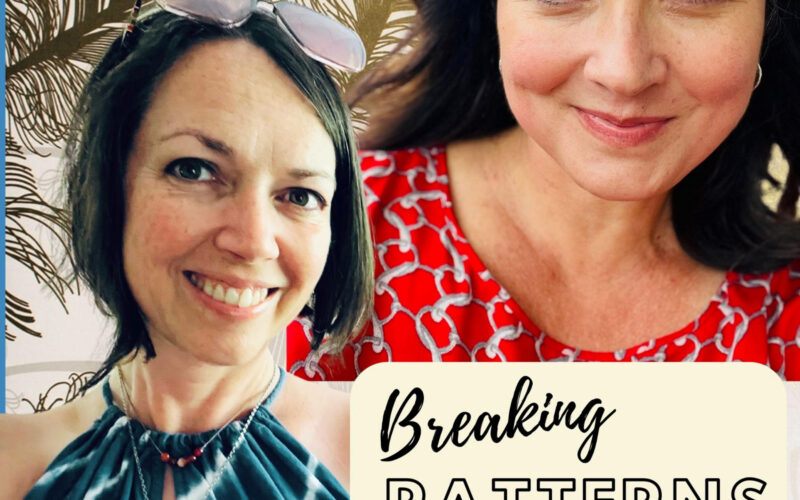
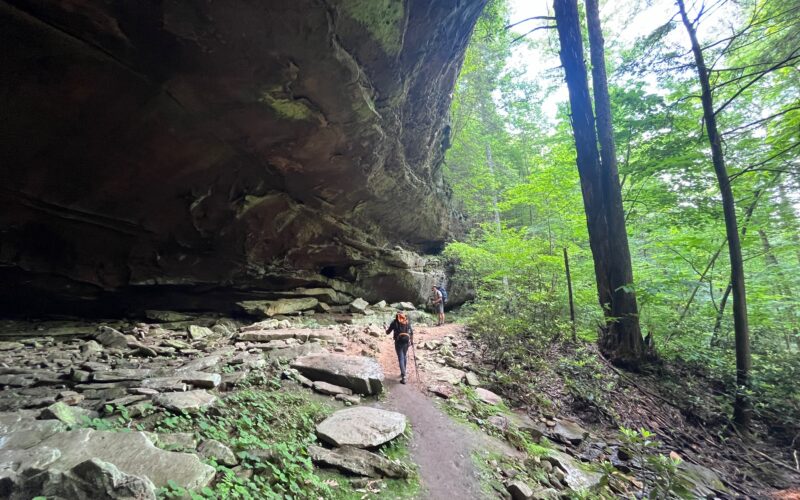
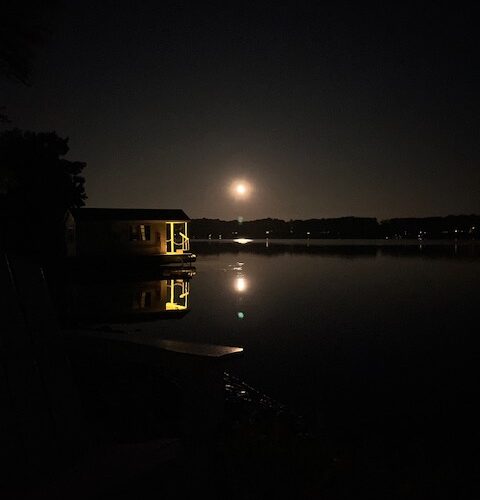
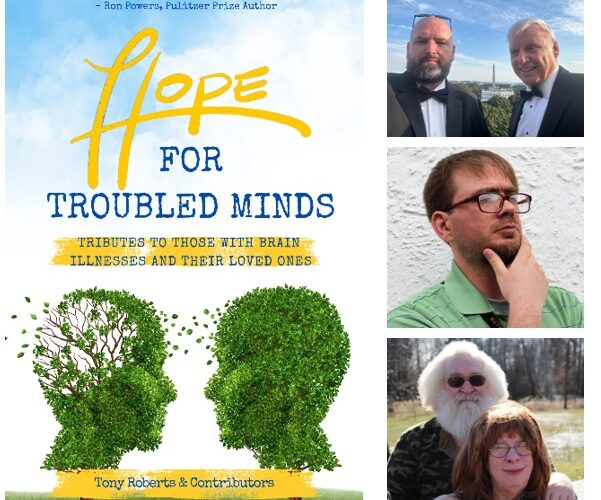
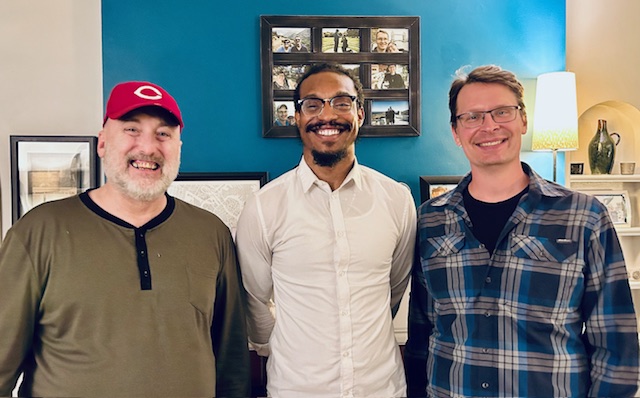
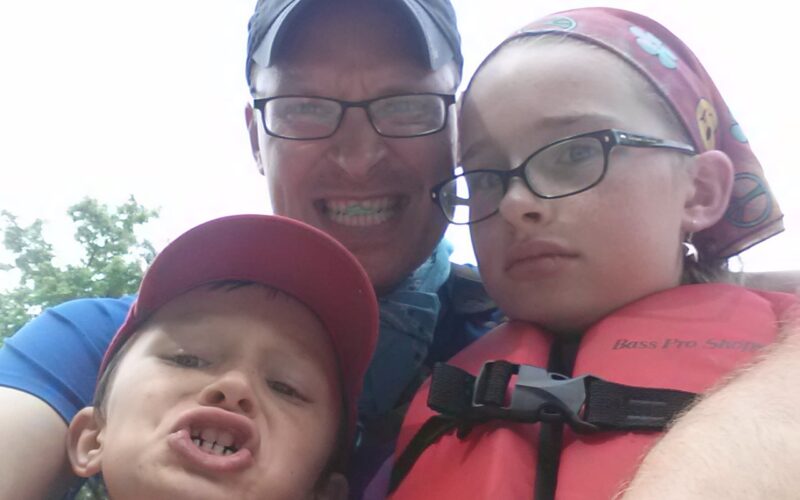
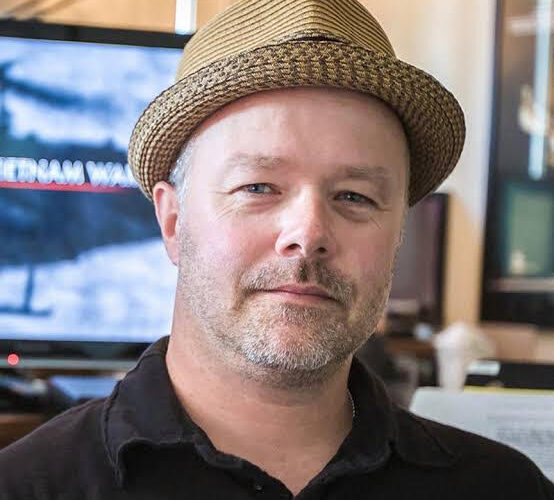

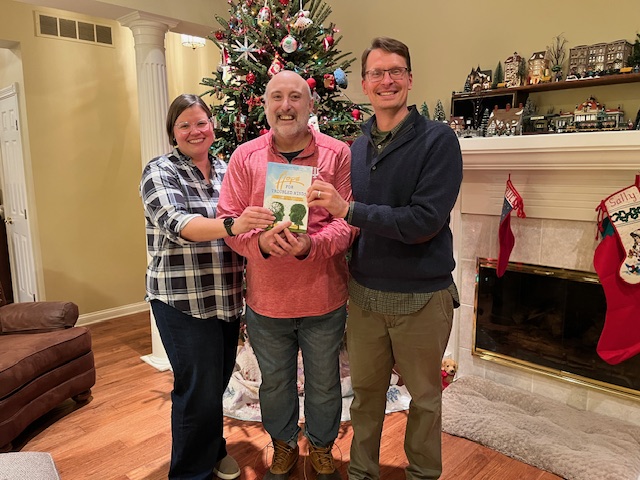
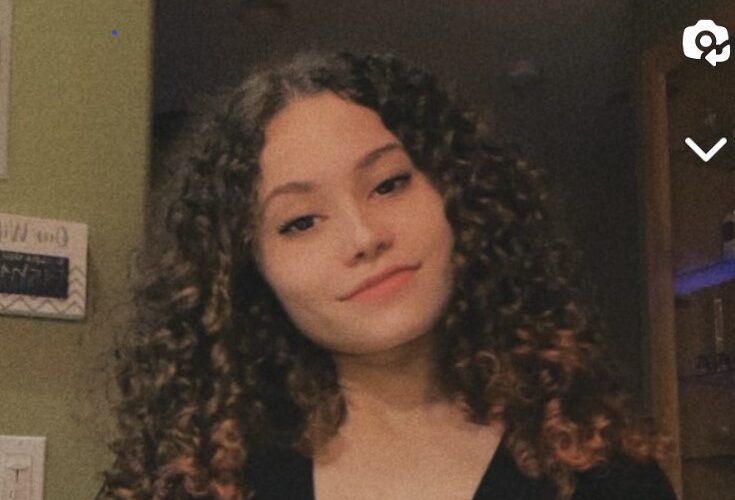
Recent Comments